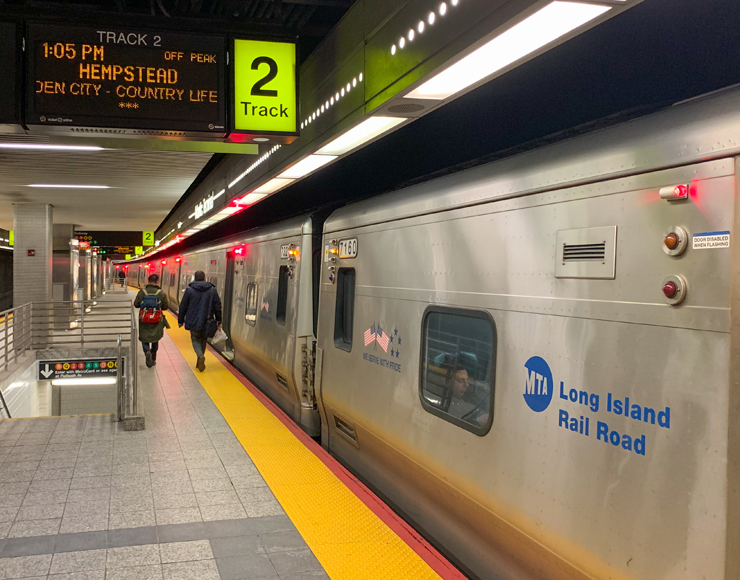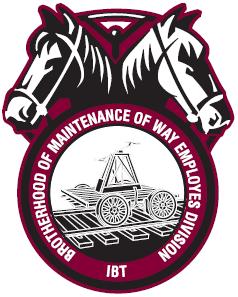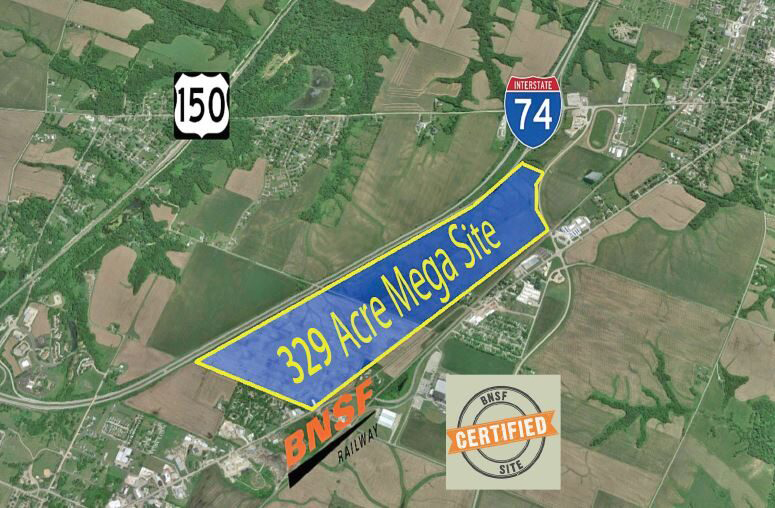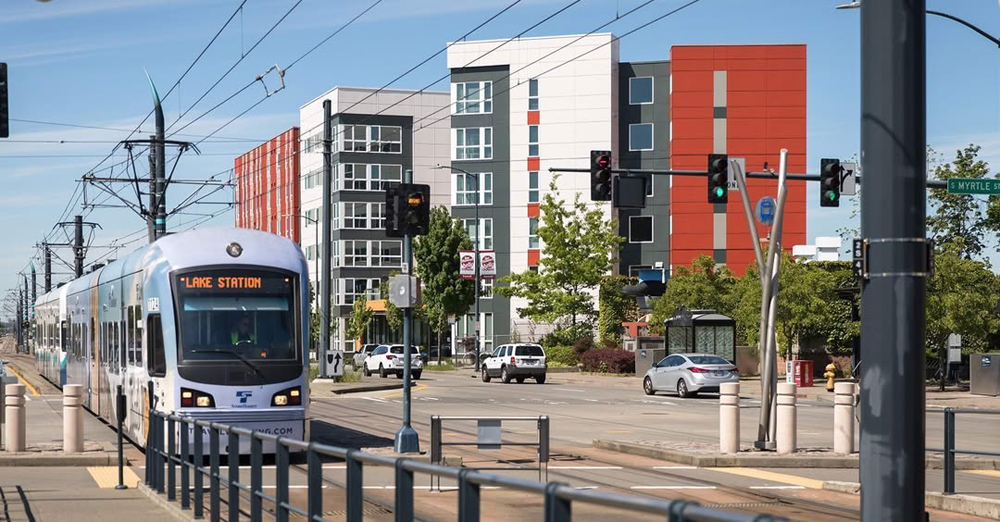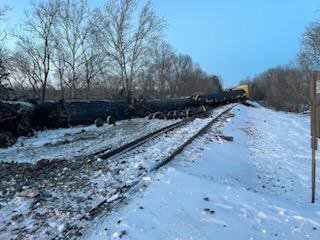NEW YORK — The Metropolitan Transportation Authority touted improved performance for its commuter rail and subway operations in statistics released Monday.
Commuter railroad Metro-North’s on-time performance in 2019 increased by 4.3 %, to 94.4%, the best figure in six years, while the Long Island Rail Road saw a 2% increase to 92.4%, its best performance in three years.
The largest rail transit agency in the United States, New York City Transit, reported a weekday on-time performance over 80% for the seventh consecutive month, and a 2019 daily subway ridership increase for last year of 1%. Numbered lines on the subway ran two and a half minutes faster between endpoints, a 4% increase over 2018; on lettered lines, it was one and half minutes, 2% better. Quicker trips are part of the Save Safe Seconds Campaign, started by NYC Transit President Andy Byford, as part of the Fast Forward Plan to improve subway service.
The blog LIRR Today takes a slightly less robust view of the nation’s largest rail commuter carrier. Its posting on the 2019 results notes on-time performance falls well below the 94% goal, and that the statistic was helped by better weather in 2019. The blog observed that LIRR did have a significant decrease in trains more than 15 minutes late, canceled, or partially canceled, from 6,329 in 2018 to 4,162. This was still higher than the 3,532 so affected in 2012, when the on-time figure was 94.3%.
The Long Island said its on-time numbers were helped by maintenance work including
170,186 feet of rail replaced, 225 miles of trackside vegetation clearance, and 116 miles of rail grinding. Additionally, the LIRR completed 2,015 miles of rail safety tests performed by a Sperry Rail Car, four times the amount mandated by the FRA and more than double the 953 miles completed in 2018. The LIRR activated PTC on more than 100 miles of track, about 40% of the system.
Metro-North, which showed its improvement while operating more trains than in 2018, also reported that 41% of its trains are now operating under positive train control in full Extended Revenue Service Demonstration mode. It also noted new state-of-the-art brighter, easier-to-read “big boards” were installed above Grand Central Terminal’s Upper Level ticket windows, adaptable to service changes while maintaining the 107-year old terminal’s historical integrity.
The subway system also undertook deep cleaning of 107 of its 424 stations, a repair campaign for 217, and deep cleaning of 3,000 subway cars, almost half the fleet.





